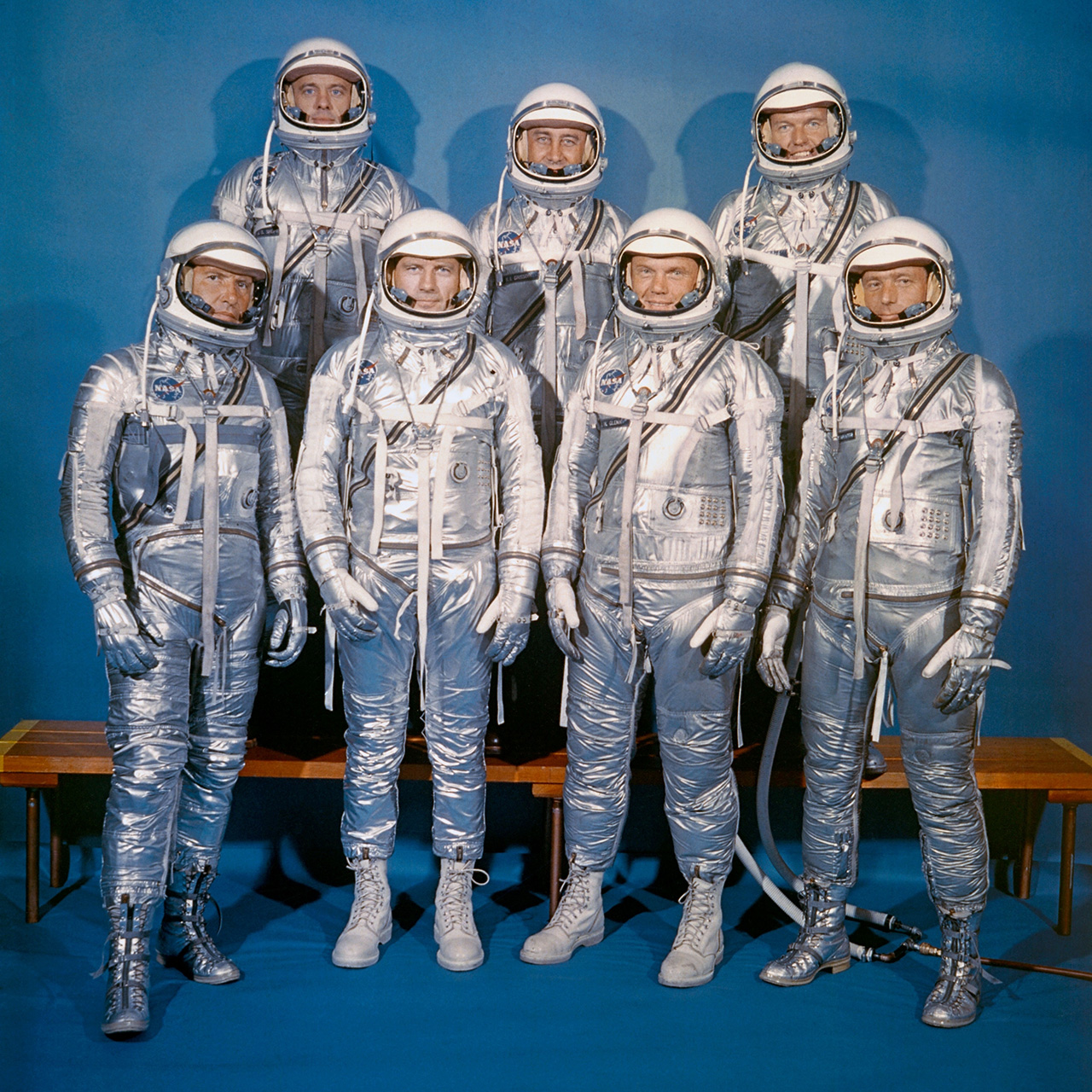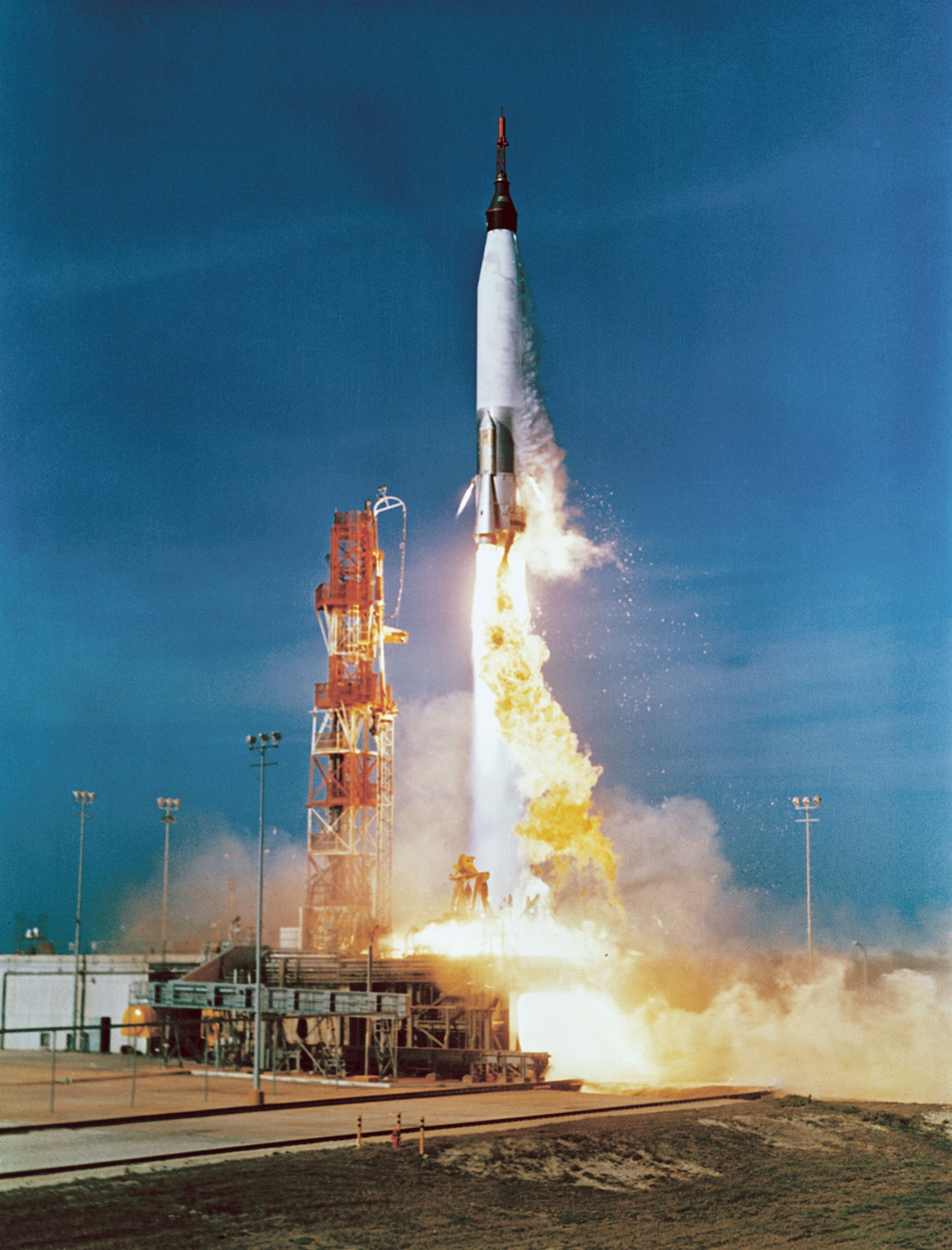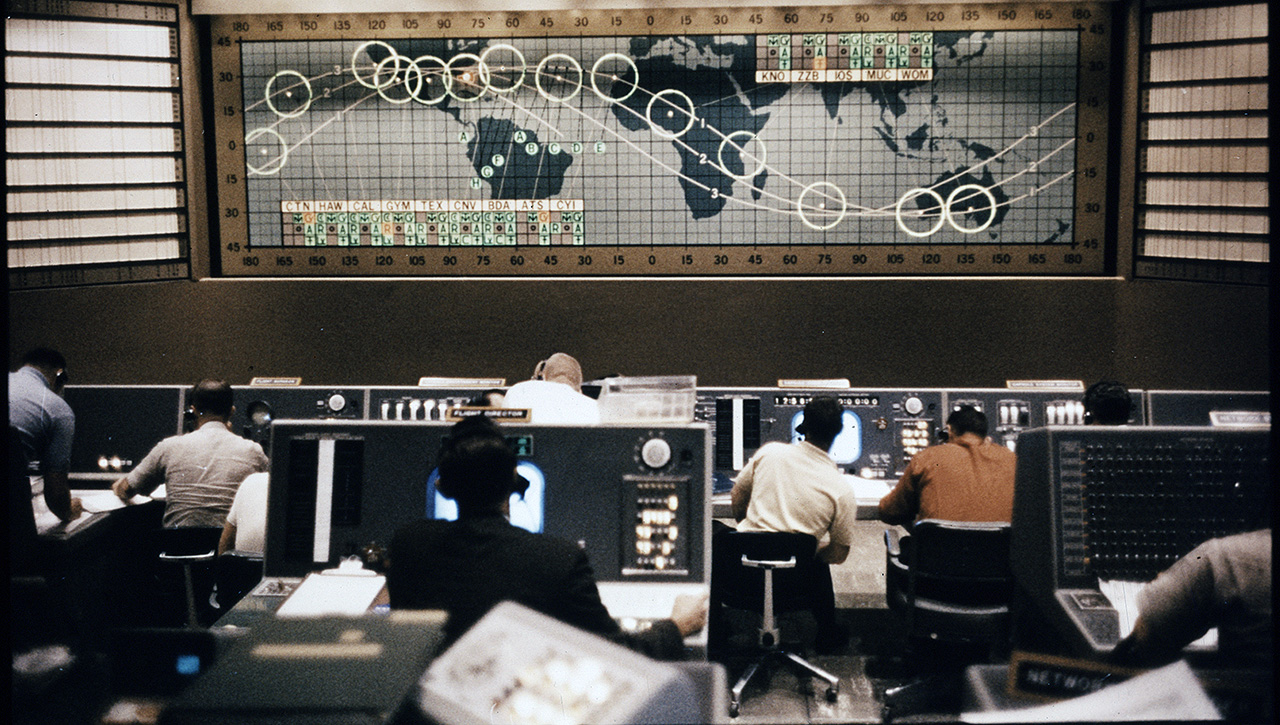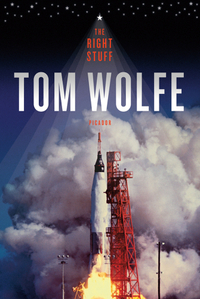'The Real Right Stuff' film trades actors for archival footage as series companion
About halfway through "The Real Right Stuff," the new National Geographic documentary now on Disney Plus soars past the stories told by the eight-episode series for which it serves as a companion.
"The Real Right Stuff," directed and produced by filmmaker Tom Jennings, offers archival footage and an original orchestral score in place of the actors and set pieces that comprise "The Right Stuff" docudrama. Both, though, share a common heritage: journalist Tom Wolfe's 1979 account of the NASA's first spacemen, the Mercury 7 astronauts.
Jennings, who previously directed the similar narration-free documentary "Apollo: Missions to the Moon" also for National Geographic, returns to the cinéma vérité format in "The Real Right Stuff" to transport viewers back to the 1950s and 1960s as the race between the U.S. and the former Soviet Union quickly advanced from launching artificial satellites to sending the first humans out of the atmosphere.
Related: These astronauts read 'The Right Stuff' and flew in space
- Want to try Disney Plus? You can get a 7-day free trial here
- Sign up for Disney Plus for $6.99/month

The Right Stuff by Tom Wolfe | Save 25%| Now $14.25 on Amazon
Read the book that inspired a generation of engineers, scientists and astronauts and retells the early days of human spaceflight.
Jennings recently spoke with collectSPACE.com and the process of making the hour-and-half-long film and its relationship to "The Right Stuff" — both Wolfe's book and its dramatized TV adaptation.
collectSPACE (cS): National Geographic's press materials for "The Real Right Stuff" tout the rarely-seen footage you were able to find for the film. Did those discoveries drive the direction of the documentary or was there a story you wanted to tell and you matched the footage to it?
Tom Jennings: To be honest, it was a little bit of both. The whole thing started when we were doing "Apollo: Missions to the Moon" because in setting up that story last year for National Geographic — it came out for the 50th anniversary of the moon landing — NASA kindly sent to us a lot of their Mercury material. They felt if you're going to tell Apollo, you should tell some of Mercury, too, and we were able to put a little bit of that in the Apollo film.
Get the Space.com Newsletter
Breaking space news, the latest updates on rocket launches, skywatching events and more!
They had sent us a lot of Mercury and Gemini material and I started looking at it just out of curiosity. And I remember thinking, "This stuff is gorgeous. The color is amazing. A lot of it is on film and I don't remember any of this stuff!"
So we talked with National Geographic right when they were putting together their fictional episodic version, which is airing now on Disney Plus. And I mentioned to the executives, we have all this gorgeous Mercury footage, maybe we should be doing a companion non-fiction piece to this. We talked about it for quite some time, and they really liked the idea and we showed them some of the footage and of course, they were as impressed as I was with it.
Related: The Mercury 7 astronauts: NASA's first space travelers

cS: The common thread between your documentary and the docudrama series, beyond the general history of the Mercury 7 astronauts, is Tom Wolfe and his best-selling book, "The Right Stuff." How were you able to incorporate Wolfe into "The Real Right Stuff"?
Jennings: We were lucky in that we found many interviews with Wolfe talking about how he wrote "The Right Stuff." We had more than enough to cover the main story beats and also behind-the-scenes material, like the Rene Carpenter [Mercury astronaut Scott Carpenter's wife] taped interview that Wolfe did. I didn't know that existed and as far as we know, no one's used that before.
And from there, my editor, David Tillman, got the book on tape with Dennis Quaid [the actor who played astronaut Gordon Cooper in the 1983 movie adaptation] reading it and he loved it. I too started listening to the Quaid recording and he is wonderful in the read of the book. So once we had established that we had Wolfe who could kind of chime in as a quasi narrator throughout our film, we thought wouldn't it be fun to have some of Wolfe's writing in our film as an example of what is happening on screen.
cS: Did you work with the producers of "The Right Stuff" series?
Jennings: Actually, we did not. There had been discussions early on about maybe we should be looped in to watch rough cuts of the episodes. In retrospect, though, I'm glad that we didn't see the material early on.
I had a general idea of what they were covering from just talking with our executives, but I think we were able to make choices in the nonfiction version that spoke to the material we had and the nonfiction version of the story probably better than if we were doing the exact comparisons with what was being covered in the episodic series.

cS: One of the limitations of using only archival material is that you are frozen in that period of time. For example, in the audio clips that use from Wolfe in the film, he describes what were the leading theories at the time for why the hatch on Gus Grissom's Mercury capsule blew off early, leading to the spacecraft sinking to the ocean floor. In the 30 years since Wolfe's book was published, the capsule was recovered and our understanding of what happened has changed. So how do you balance presenting what may be outdated information with the desire to keep the audience immersed in the timeframe captured on film?
Jennings: It is a limitation of the format, in that we're using only archival material from the time, so we are restricted to showing what people were experiencing at that time. [Grissom's hatch] is a good example of a theory that has evolved since then. However, if you were tuning in and watching in the early 1960s and saw that, that was pretty much what people were saying.
If we start to correct the record every step of the way, then it becomes a very different experience than the one that we were trying to present to viewers. We can only do so much with the footage from the time period, however, conversely, that footage from the time period places you in that time in a way that I think more traditional documentaries cannot. [In those traditional documentaries] you get rolling in a scene and then they break away to an interview or there is a narrator that comes in and kind of breaks the magic spell. So we have to balance what is true and accurate at the time, versus have things being debunked much later on.
Mercury Redstone 4: Photos from Gus Grissom's Liberty Bell 7 Spaceflight

cS: What does it say about the difference in formats that you were able to cover the same space history that it took "The Right Stuff" series eight hours to cover in only about 45 minutes of your hour-and-a-half-long film?
Jennings: I look at this as kind of a time machine that takes people back and allows them to get a glimpse of what it was like to be alive during that time period, to experience things like the great songs and images that they may have forgotten or never seen.
There's only so much history that you can tell in an hour and a half and still keep a narrative drive going in a nonfiction format. So I also see this as kind of a primer for people who may not know the story at all, or a reminder for people who may know the story but have forgotten a lot of the beats or have not seen a lot of these images. I hope that when the audience sees this film, it spurs them on to go and seek out more information, or certainly watch "The Right Stuff" in its episodic form.
I think it is a wonderful to have a non-fiction companion piece that allows people to see the faces and hear he voices of the actual characters and then flip over and watch a dramatization of the same and compare and contrast. It also gives them that much more of a deeper understanding of the story from our point of view and from the episodic producers' point of view.
National Geographic's "The Real Right Stuff" from director Tom Jennings debuted on Nov. 20 and is available now to stream on Disney Plus.
Follow collectSPACE.com on Facebook and on Twitter at @collectSPACE. Copyright 2020 collectSPACE.com. All rights reserved.
Join our Space Forums to keep talking space on the latest missions, night sky and more! And if you have a news tip, correction or comment, let us know at: community@space.com.

Robert Pearlman is a space historian, journalist and the founder and editor of collectSPACE.com, a daily news publication and community devoted to space history with a particular focus on how and where space exploration intersects with pop culture. Pearlman is also a contributing writer for Space.com and co-author of "Space Stations: The Art, Science, and Reality of Working in Space” published by Smithsonian Books in 2018.In 2009, he was inducted into the U.S. Space Camp Hall of Fame in Huntsville, Alabama. In 2021, he was honored by the American Astronautical Society with the Ordway Award for Sustained Excellence in Spaceflight History. In 2023, the National Space Club Florida Committee recognized Pearlman with the Kolcum News and Communications Award for excellence in telling the space story along the Space Coast and throughout the world.











